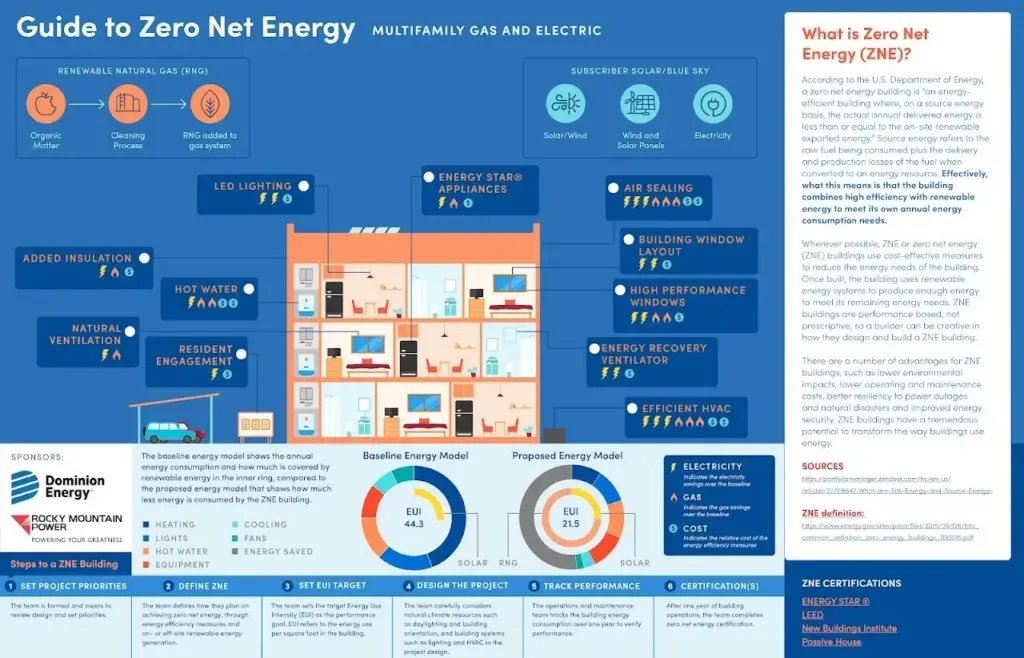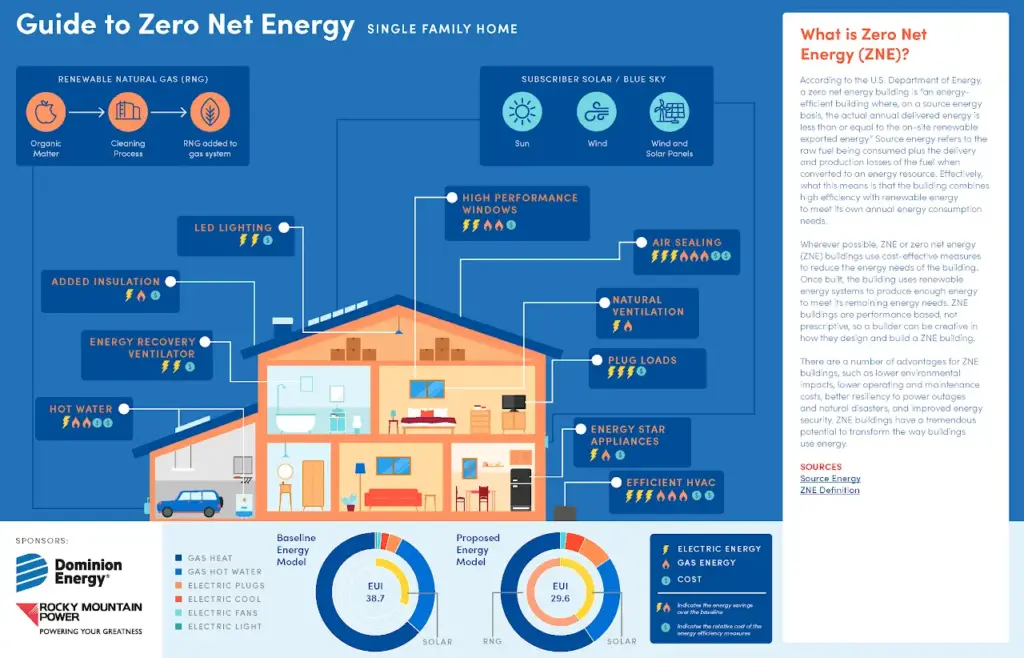What is Net Zero Energy (NZE)?
Net Zero Energy (NZE) is a building design and operational strategy that aims to achieve a balance between the energy a building consumes and the renewable energy it produces on-site over a specified period, typically a year. In other words, an NZE building produces as much energy as it uses, resulting in net zero energy consumption from the grid.
Key Principles of Net Zero Energy
Energy Efficiency
NZE buildings prioritize energy-efficient design and construction practices to minimize energy demand. This includes high-performance insulation, efficient windows, LED lighting, and energy-efficient appliances.
Renewable Energy Generation
NZE buildings incorporate renewable energy systems, such as solar panels, wind turbines, or geothermal heat pumps, to generate electricity or thermal energy on-site.
Smart Energy Management
Smart energy management systems monitor and optimize energy consumption and production in real time, ensuring efficient use of resources and maximizing the building’s NZE potential.
Energy Storage
Energy storage systems, like batteries, can be integrated to store excess renewable energy generated during peak production times for use during periods of low production or high demand.
Benefits of Net Zero Energy
Reduced Energy Costs
NZE buildings significantly reduce or eliminate energy bills, providing long-term cost savings for building owners and occupants.
Environmental Sustainability
NZE buildings minimize reliance on fossil fuels and reduce greenhouse gas emissions, contributing to a cleaner and more sustainable environment.
Increased Property Value
NZE buildings often have higher property values due to their energy efficiency and reduced operating costs.
Improved Indoor Environmental Quality
NZE buildings prioritize occupant comfort and health, often resulting in better indoor air quality and thermal comfort.
Energy Resilience
NZE buildings with on-site renewable energy generation and storage can be more resilient to power outages and grid disruptions.
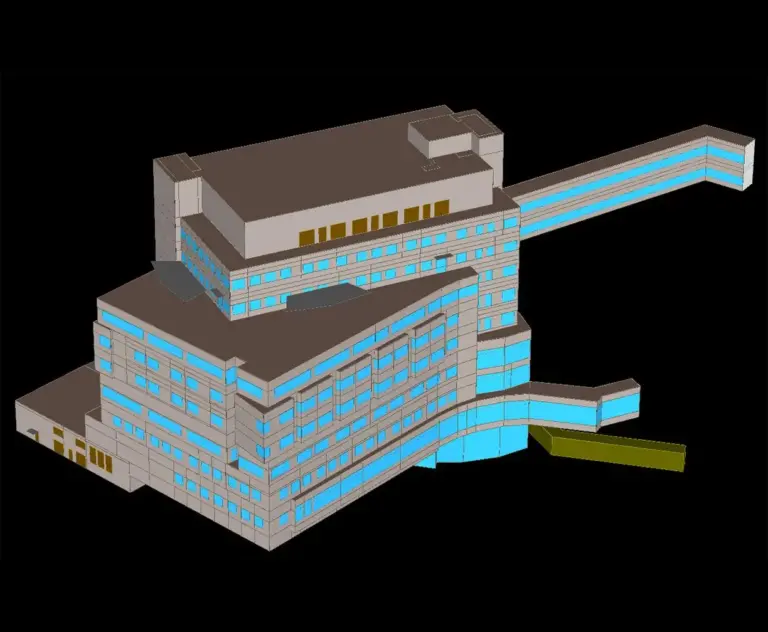
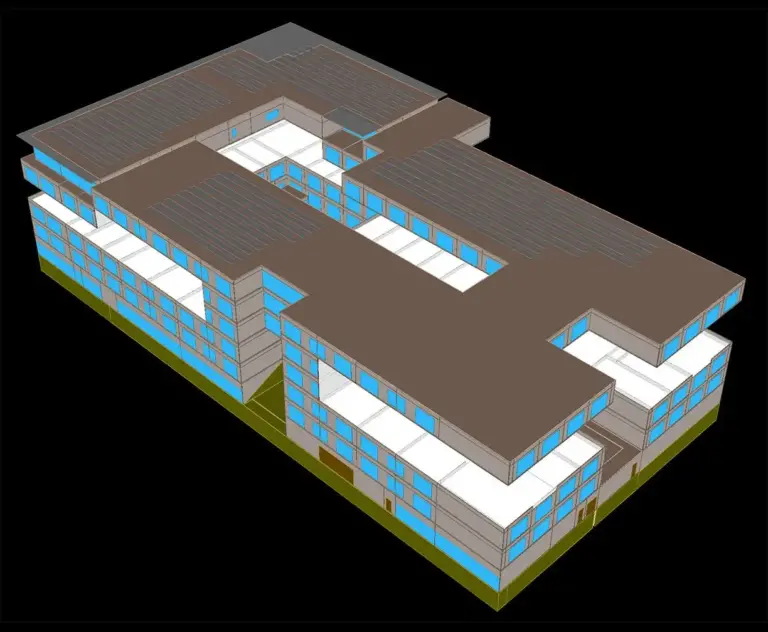
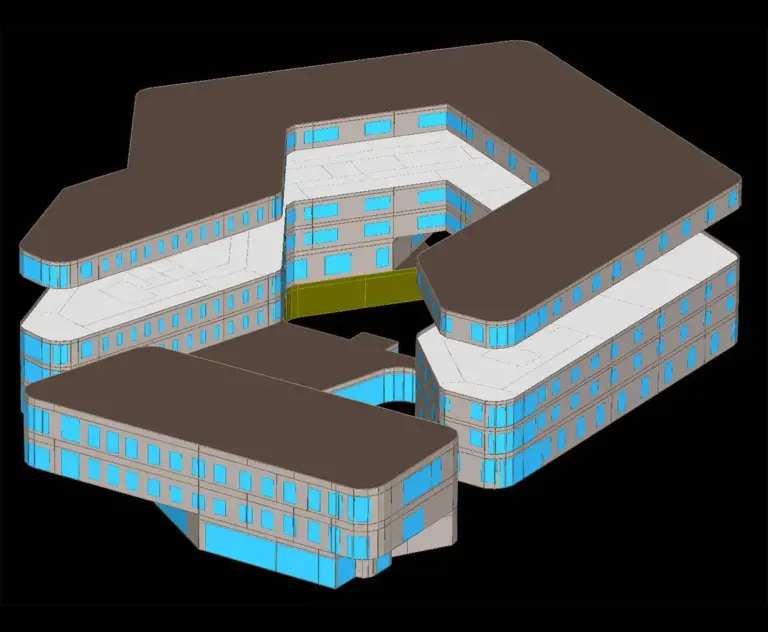


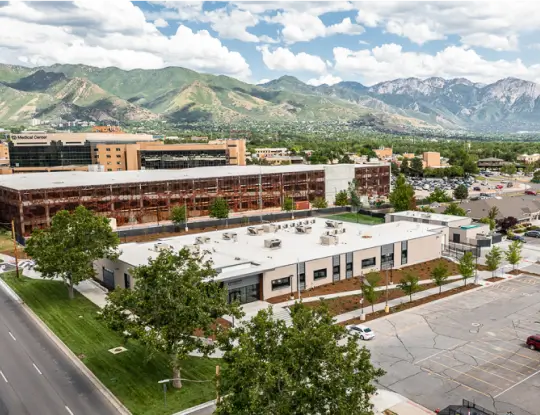
Griffin EnerG Consulting approached the Governor’s Office of Energy Development (OED), Rocky Mountain Power (RMP), and Dominion about educating developers, contractors, and design professionals on net zero energy building principles (Climate Zone 5B) through a series of infographics.
The results of the effort were in the form of interactive, web-capable infographics for both single-family homes and multi-family projects.
Certifications
Net Zero Energy is no longer a theoretical idea being pushed by academics. It is here today as a viable approach to new construction and major renovation projects both big and small as shown by the examples below. Certification assessment was provided for the Wynn in Las Vegas, a multi-story 100,000SF +
design in the desert. The project was designed to be net zero energy.


ILFI
Project: Wynn South Convention Expansion (Las Vegas, NV)
Certification Level: Three Green Globes
ZNE Approach: On/Off-site Generation
ZNE Status: Pending Verification
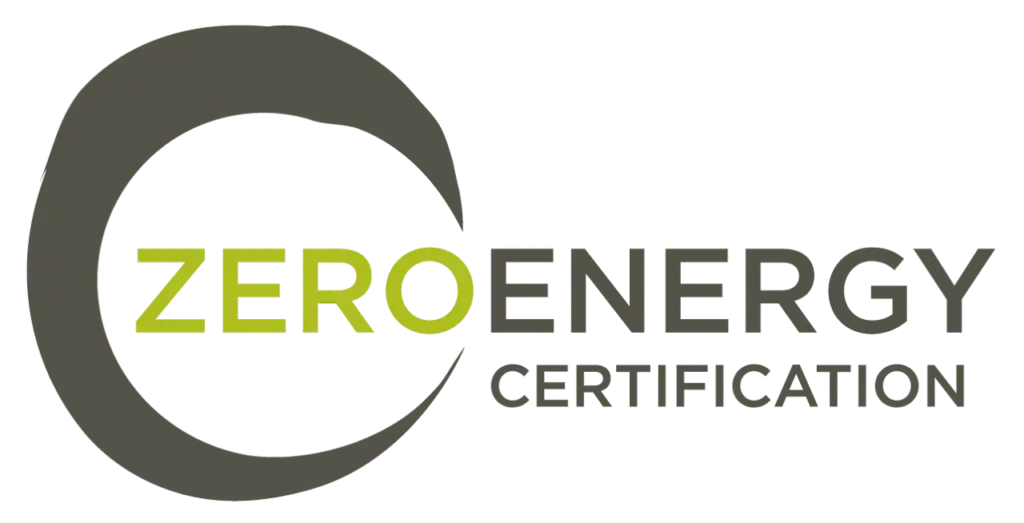
The most effective way of verifying the status of a net zero energy (NZE) building is via third-party verification. Griffin EnerG has had the opportunity to work on the design and operation of several NZE projects which have been verified by a third party through a certification system. The Living Building Challenge, Green Globes, and the International Living Future Institute’s (ILFI) zero energy certification are relevant work examples illustrated below.

Holladay, UT
ILFI Zero Energy
Project: Highland Drive
Certification Level: Full
ZNE Approach: On-site Generation
ZNE Status: Verified
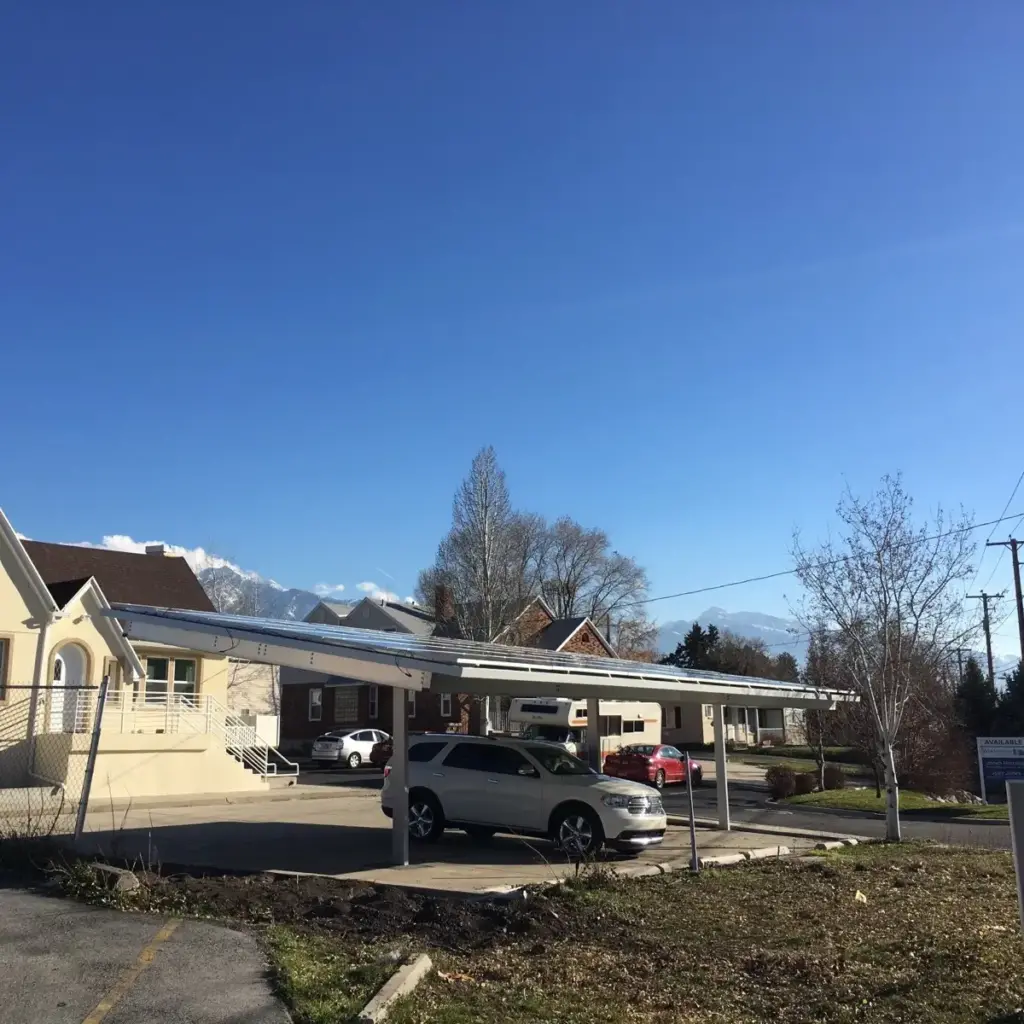
Holladay, UT
ILFI Zero Energy
Project: Lincoln Lane
Certification Level: Full
ZNE Approach: On-site Generation
ZNE Status: Verified
Non-Certifications
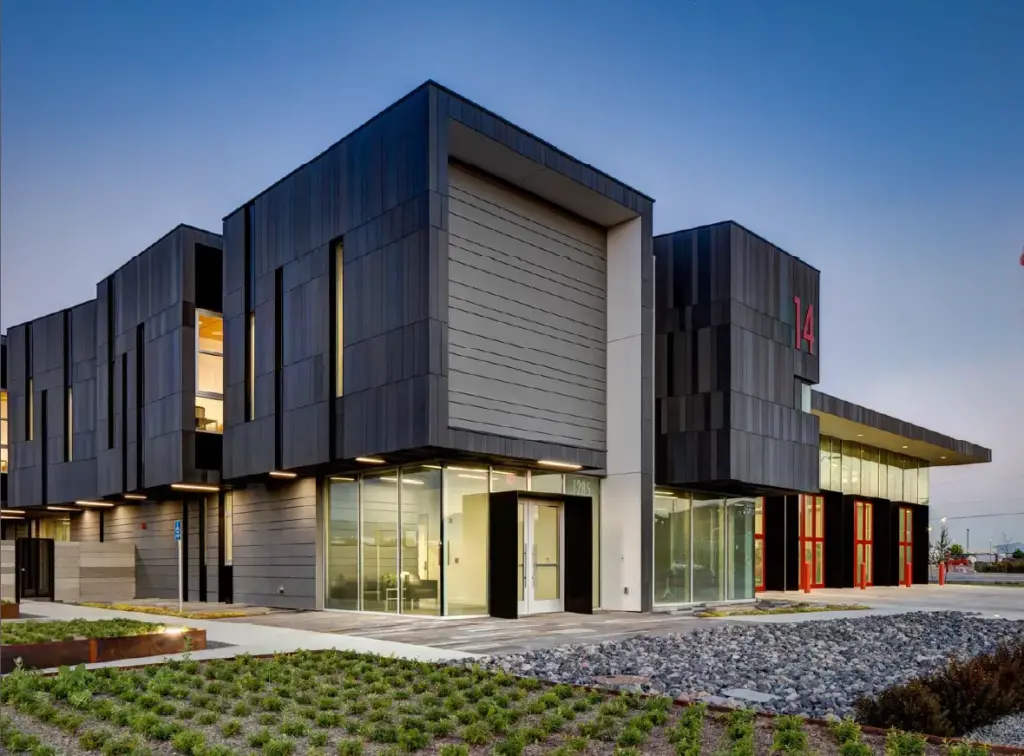
SLC Fire Station #14 (SLC, UT)
ZNE Approach: On-site Generation
ZNE Status: Post Occupancy Evaluation
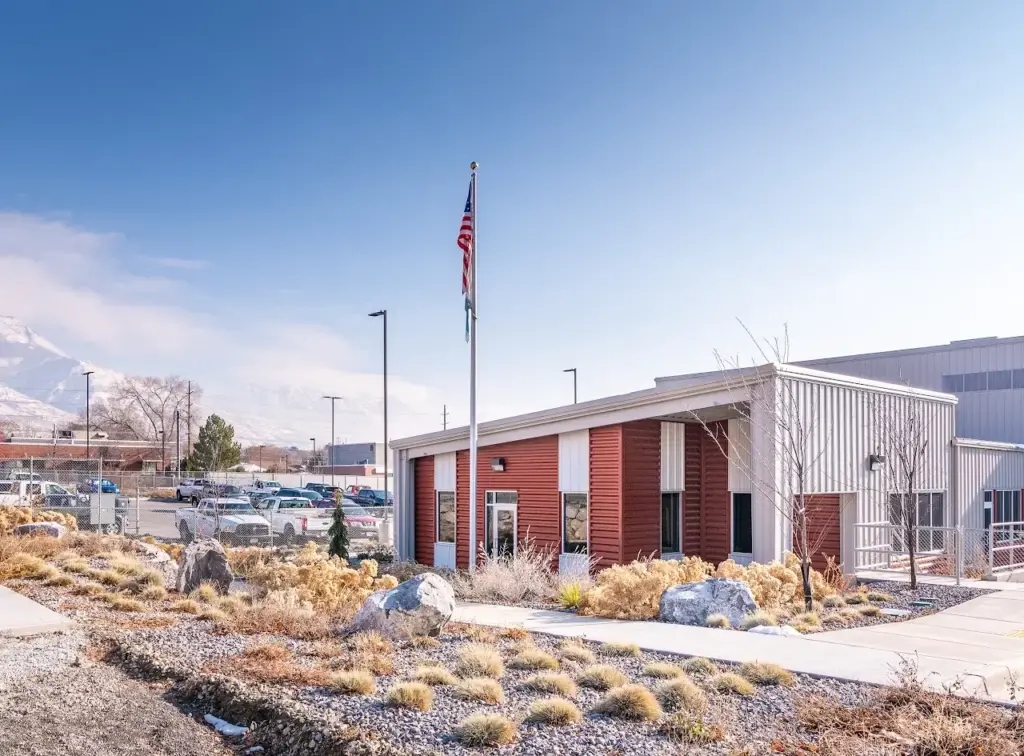
US Bureau of Reclamation (Pleasant Grove, UT)
ZNE Approach: On-site Generation
ZNE Status: Post Occupancy Evaluation
The Department of Energy’s (DOE) zero net energy building (ZNEB) definition is an alternative path to third party certifications. On multiple occasions, we have had the opportunity to provide feasibility studies and post occupancy evaluation for getting projects to ZNE. The projects above illustrate projects which either explored ZNE and chose not to obtain the status, the owner experienced issues getting to ZNE, or required corrective action post occupancy to obtain the operational goal.
Project Credits
Emma Shipley, Graphic Designer, ZNE Infographics
Shawna Cuan, Project Manager, ZNE Infographics
Joseph Yee, Architect, Arch|Nexus SAC
Frank Moore, Wynn Architect, Wynn South Convention Expansion
Amir Haskic, Owner, Lincoln Lane Residence
Amir Haskic, Owner, Highland Drive
Cameron Scott, SLC CxA, Fire Station 14
Stephen Dundorf, Sustainable Building Design, US Bureau of Reclamation
Architectural Nexus, Architect, SLCo Branch Library
